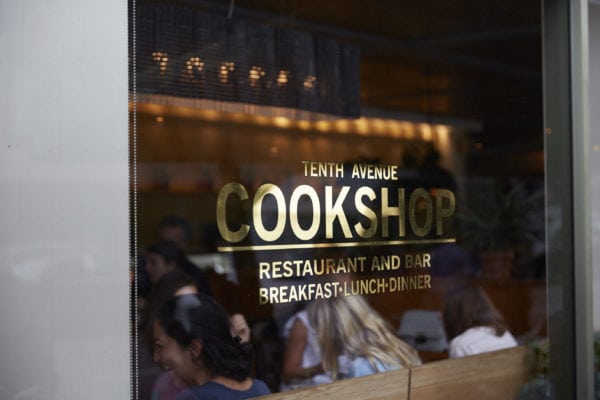August 21, 2013
SAUCY
The Politics of Groupon, via Sauce Restaurant in SF
What is it about these things? Digital-based companies with seemingly virtuous starts — like Yelp or Groupon — that can and want to help small businesses succeed by offering additional deals, services or information, turn sour. The latest incident: a sales rep at Groupon who cold-called San Francisco restaurant Sauce to try and sell a Groupon deal. When the restaurant refused and hung up, theGroupon rep followed up with an email threatening that he and his friends could and would leave bad Yelp reviews.(!)
Without knowledge of the detailed workings of business models like Groupon, it’s difficult to pass judgement here; but after Sauce’s owners posted the ridiculous email on its Facebook page, it’s even harder to imagine that someone would act so ridiculously. (Unsurprisingly, the Groupon rep no longer works for the company.)
As the Internet and social networks add layers of complexity on top of the traditional restaurant business model, it’s equally important to protect yourself and your business from this sort of bad behavior as it is to embrace this new technology. Props to the restaurant for standing up to a bad egg — and here’s hoping that these companies continue to encourage and promote fair dealings with restaurants in the future. Without trust and good business practices, digital innovation won’t move forward.
#IRL
How to Encourage Social Sharing on a Menu
A well-designed restaurant menu is a work of art, listing available options in an aesthetically pleasing way that also reflects the restaurant itself. It’s also prime real estate and a pretty easy way to reach customers while they’re vulnerable. Splashing Internet logos and handles all over the menu is tacky; smartly integrating them in a way that makes sense is smart. A recent prime example: New York’s hipEmpellon, with a small note on the menu that reads: “Empellon strongly discourages the use of cell phones, unless you’re posting food porn on Instagram,” and finishes with #Empellon. (photo here)The sentiment reflects the restaurant’s voice and shares the vital info without being too in-your-face. Plus, it’s novel. As with hashtags anywhere, they’ll work best when inserted into life (or an advertisement, or a publication) organically. This is awesome. (Sidenote: the restaurant is a bit too dark for taking serious food porn photos without a flash, but that’s an issue for another day.)
TV
#CutthroatKitchen
Alton Brown’s latest food reality show ticks all the boxes for social media success. It’s a competition show with an unpredictable outcome, and the nature of the show is more like a sporting event than a cooking show: contestants are encouraged to undermine or sabotage others (seriously.) I didn’t catch the first episode last week, but I did catch the crazy next-day Twitter engagement around the#CutThroatKitchen hashtag.
Thanks to Twitter, this conversation — during the show, but also after — goes deep. Show judge SimonMajumdar tweeted an “after show recap” in the form of an embedded YouTube video that you can watch directly in your Twitter feed. Plus, Alton Brown, whose now-famous Twitter dislike seems to be jumping back onto the horse, tweeting about the episode and the experience. (Logical guess: this is a contractual obligation.) But no matter, the use of social media is changing the way we view television, before, during and after the event. Digital media means talent can easily create and quickly share additional content to further drive engagement. And watching food programming take advantage of this sort of digital media is super exciting.
SMARTIES
On Staying Inspired: Chris Cosentino on Twitter
San Francisco chef @offalchris is a C+T favorite thanks to his awesome Twitter use and embrace, and he sums up his thoughts on the service quite well in a recent quick interview. “Twitter lets me keep up with what’s going on, as does travel and eating out. While they don’t dictate trends, I learn from something as simple as going to a museum or paying attention to what kids are doing. But overall I try to focus on my interests, not all the trends and what others are doing.”
His quote (and another from a different chef in the same article about staying up-to-date on trends by reading tech blogs) reinforces the value of Twitter and technology in the food and restaurant industry. Love this sentiment!
Digestifs
- Good Twitter use case: chefs eating at and praise other chefs’ restaurants — @TylerFlorence on Twitter
- The making of a restaurant, documented on Facebook — TBD restaurant’s Facebook page
- Discover new recipes on Tasting Table, get all of the ingredients delivered to your door by Pleinishable — TastingTable
- This app teaches you how to order a beer in 59 different languages — Foodbeast


